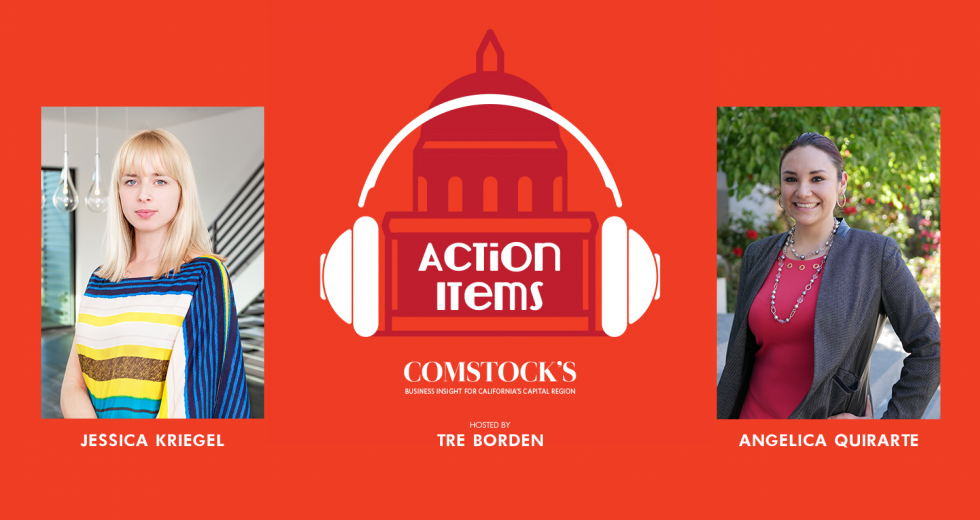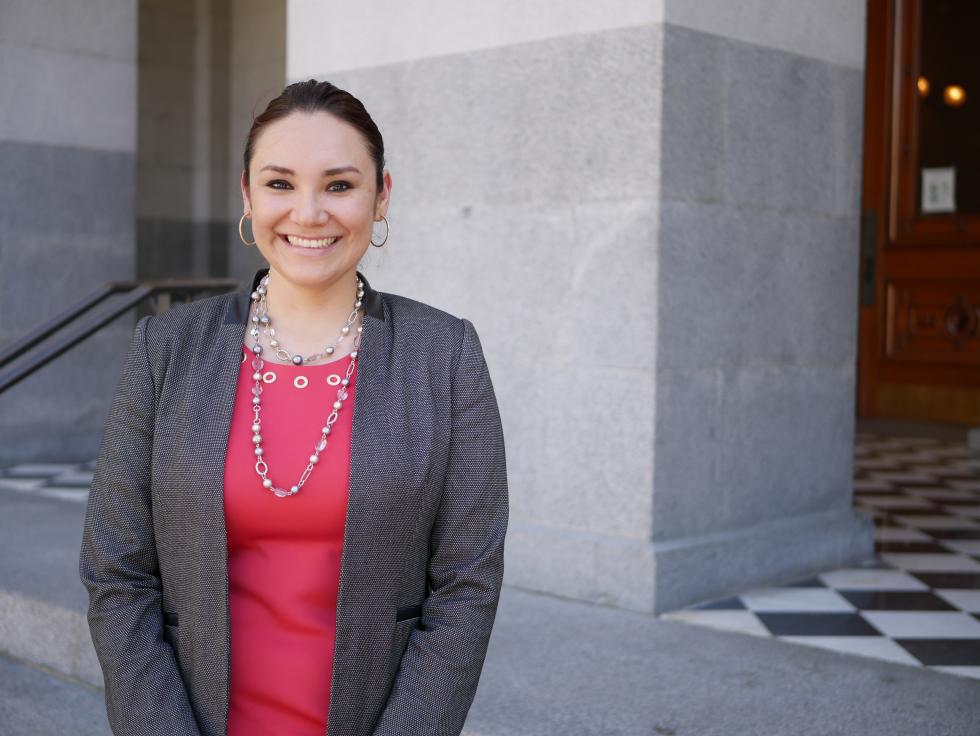When it comes to California state government employees, we’ve all heard the negative stereotypes: They’re lazy, only work 9 to 5 and uninterested in advancement. Some claim they can spot a state worker walking down the street just by his or her bland attire. Lots of companies and organizations experience outsider perceptions of what it’s like to work there — Facebook and Google — but for the State of California, are these negative ones harming its efforts to attract new talent?
On this episode of Action Items, Dr. Jessica Kriegel, an organizational development consultant at Oracle and author of the book “Unfairly Labeled: How Your Workplace Can Benefit From Ditching Generational Stereotypes,” and Angélica Quirarte, a government innovations strategist for the California Government Operations Agency, and join host Tre Borden to discuss how the State — and private organizations — can address an aging workforce and prepare for a younger generation of workers.
Why the push for new talent?
More than half of California state workers are at least 45 years old, and almost 40 percent of this workforce is eligible to retire in the next five years, Quirarte says. While potentially alarming, this turnover also provides opportunities for younger employees already within the state government to promote, and for new employees to enter. Quiarate recently launched NxtGov to provide a social and professional support network for younger public servants.
California’s Constitution requires that all applicants for State jobs complete an exam, which can actually deter recent college graduates who just spent four or five years taking tests, Quiarate says. So those exams have been renamed “assessments,” and jobs are now posted on social media. Gov Ops is also working with union partners to develop a recruitment strategy to visit college campuses and expose students to the breadth of careers within state government. “We need to go where the students are,” Quirarte says. “The state does not do a good job of recruiting.”
Is the State attractive to new workers?
More than a decade ago, Kriegel says, Google began advertising its innovate and fun office culture. “It was revolutionary in changing what the workplace could look like” she says. Employees could possibly work someplace with a ping-pong table, bring-your-dog-to-work day and endless free food. Nowadays, companies trying to attract millennials think they too need to offer these types of perks. But, Kriegel says, what Google did was a marketing ploy to attract customers — not millennial employees.
Which isn’t to say perks aren’t a good idea. The State can only do so much considering it uses public money, but it can better promote the benefits it does offer such as stability and pensions. “I think you’d be surprised because I have actually met millennials who said they came to the state for the pensions,” Quiarate says. Other benefits include a student loan forgiveness program and college savings accounts for employees’ children.
Revamping your office policies or updating your processes? Share your experiences with us on Twitter, @ActionItemsPod, with #UpdatetheState
Click for the full conversation. Subscribe to Action Items on iTunes and Stitcher.





